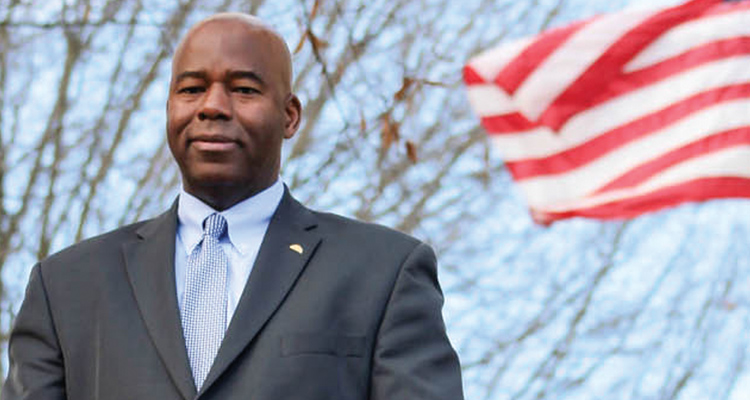We are living in an era of increasing demands and diminishing resources for public schools. In cities where there is an unwillingness to invest in public schools, the likelihood of overcoming the challenges related to economic development, creating a viable work force, improving neighborhood quality of life, reducing crime, and improving health, are nearly impossible. Danville Public Schools were considered a high performing school district as recently as 2012.
Our academic and athletic performance especially in the visual and performing arts, literary magazine, the career and technical education programs, and graduation rates were once considered the envy of the region. Many of these areas continue to thrive with high quality performances and recognition in spite of reductions in funding and staffing. As an example, the George Washington High School Symphonic Band received Superior Ratings in the District Six State Concert Band Assessments held in Lynchburg on March 2, 2017. Our ability to sustain this level of performance is only one example of the many successes our staff accomplishes every day.
The challenges under which teachers work today are related to a number of factors ranging from changing demographics to decreased funding. These challenges are further exacerbated by additional decreases in state and local funding as the result of a spiked decline in enrollment this year. This has been an especially difficult year with the sharp decline in enrollment of more than 200 students. The loss of students is the equivalent to a reduction in funding of nearly $1.5 million in state funding.
Collectively, massive reductions in staffing that began in 2009 – 2010 school-year have resulted in larger classes, crowded schools, more pressure on teachers, less professional development, and an overall reduction of staff of more than 16% (189 positions have been eliminated since 2009.) The reduction in staffing, changing demographics, and reductions in revenue led to a steady decline in student outcomes over the past three years. Our schools were fully accredited in 2011- 2012 and today 8 of our 11 schools are fully or partially accredited. The most vivid example of the collective impact of the reduced funding is Woodberry Hills Elementary School, a wonderful school that has recently been denied accreditation.
On March 16, 2017, I presented the Proposed Fiscal Year 2017 – 2018 Budget to the School Board. The budget was entitled, Reinvesting in the Profession of Teaching and Learning. The goals of the Proposed Fiscal Year 2017 – 2018 Budget are as follows:
- Empowering teachers and improving student outcomes
- Enhancing recruitment and retention
- Further enhancing school safety and security
- Leveraging partnerships with businesses and industry
- Manage human and fiscal resources efficiently
Embedded within these goals are certain beliefs: teaching is a profession and our investments should support their on-going professional development, teachers have the greatest impact on student learning, while all employees are vital to our success, teachers have the most challenging role of them all and are under significant pressure to improve learning, and the belief that investing in our teachers will help us improve outcomes for our students.
In closing, I believe that the proposed budget is critical to our school division efforts to turn itself around by providing additional support to teachers. The proposed budget can be found on the school division website by clicking here.
The proposed budget represents the appropriate balance of investments ranging from empowering teachers, enhancing teacher recruitment and retention, while enhancing school safety, leveraging business partnerships, and managing resources. Your support will result in increased student outcomes. The best economic stimulus package we can invest in for our community is increasing high school graduation.
